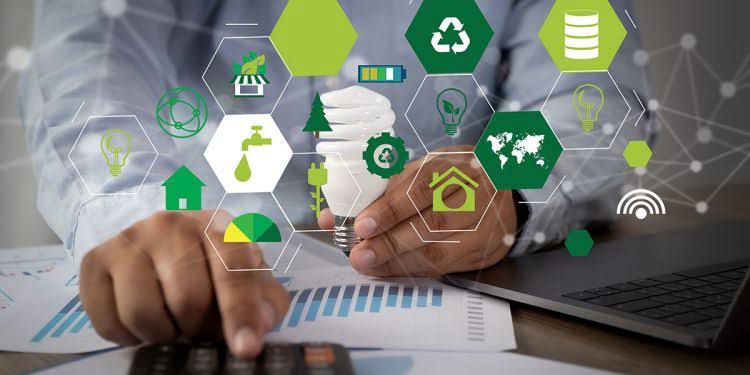
In the current business landscape, the drumbeat for sustainability is growing louder. The environmental challenges we face are unprecedented, and there’s a burgeoning consensus that embracing sustainable practices is no longer optional but essential. Not only does sustainability safeguard our planet, but it also enhances the stature and profitability of businesses. This blog explores the urgent need for eco-friendly corporate strategies, the essence of sustainability, and how businesses can integrate these practices for a healthier world and a robust bottom line.
Understanding Sustainability
Sustainability, as defined by the United Nations, involves “meeting the needs of the present without compromising the ability of future generations to meet their own needs.” Our consumption of Earth’s finite resources at an unsustainable rate raises alarms for their availability in the future. The ethos of sustainability isn’t a modern construct; it’s deeply rooted in various cultures and civilizations throughout history, all aiming to strike a delicate balance between human activities, nature, and economic growth. In essence, sustainable development orchestrates societal living in a manner that can be perpetuated indefinitely.
The Imperative for Sustainable Practices
The urgency for incorporating sustainability in business operations is often lost on many corporations. It’s vital that they understand the following motivations:
Ecosystem Protection: Sustainable businesses contribute to environmental preservation, minimizing pollution, and safeguarding resources.
Sustainable Economy: Sustainable development can lead to a resilient economy, promoting resource conservation, technological innovation, and green infrastructure.
Ecosystem Preservation: Sustainable practices help in maintaining biodiversity and reducing waste and pollution.
Climate Change Mitigation: Sustainable businesses play a pivotal role in reducing greenhouse gas emissions through clean energy and sustainable operations.
Sustainable Business Strategies
Businesses can adopt various practices to become more sustainable:
RRR (Reduce, Reuse, Recycle): This triad serves as the cornerstone of sustainable practices.
Renewable Energy Transition: Investing in solar, wind, and geothermal resources aids in reducing carbon footprints.
Water Conservation: Implementing water-saving techniques is crucial for preserving this precious resource.
-Sustainable Materials: Utilizing eco-friendly raw materials in production cycles promotes sustainability from the ground up.
Case Study: Recyclable Woodworks
I spearheaded ‘Recyclable Woodworks,’ an initiative at my school to combat wood waste. We collect discarded wood, recycle it, and manufacture new items like stationery and boards. Our efforts have not only generated significant revenue but also contributed to the community through charitable actions, such as providing blankets to local school workers and raising funds at cultural events. This venture exemplifies how sustainable practices can be both profitable and philanthropic.
Understanding the essence and necessity of sustainability, coupled with real-world applications, crystallizes the argument for its integration into business models. Sustainability isn’t merely a tactical choice; it’s a strategic imperative for enduring success. As we confront environmental adversities, embracing sustainability becomes a profound responsibility—one that promises mutual benefits for businesses and the environment alike. It’s an investment in our collective future, and its adoption is both necessary and rewarding. Let sustainability be more than a buzzword; let it be the blueprint for our continued prosperity.
By: Saksham Chaudhary







